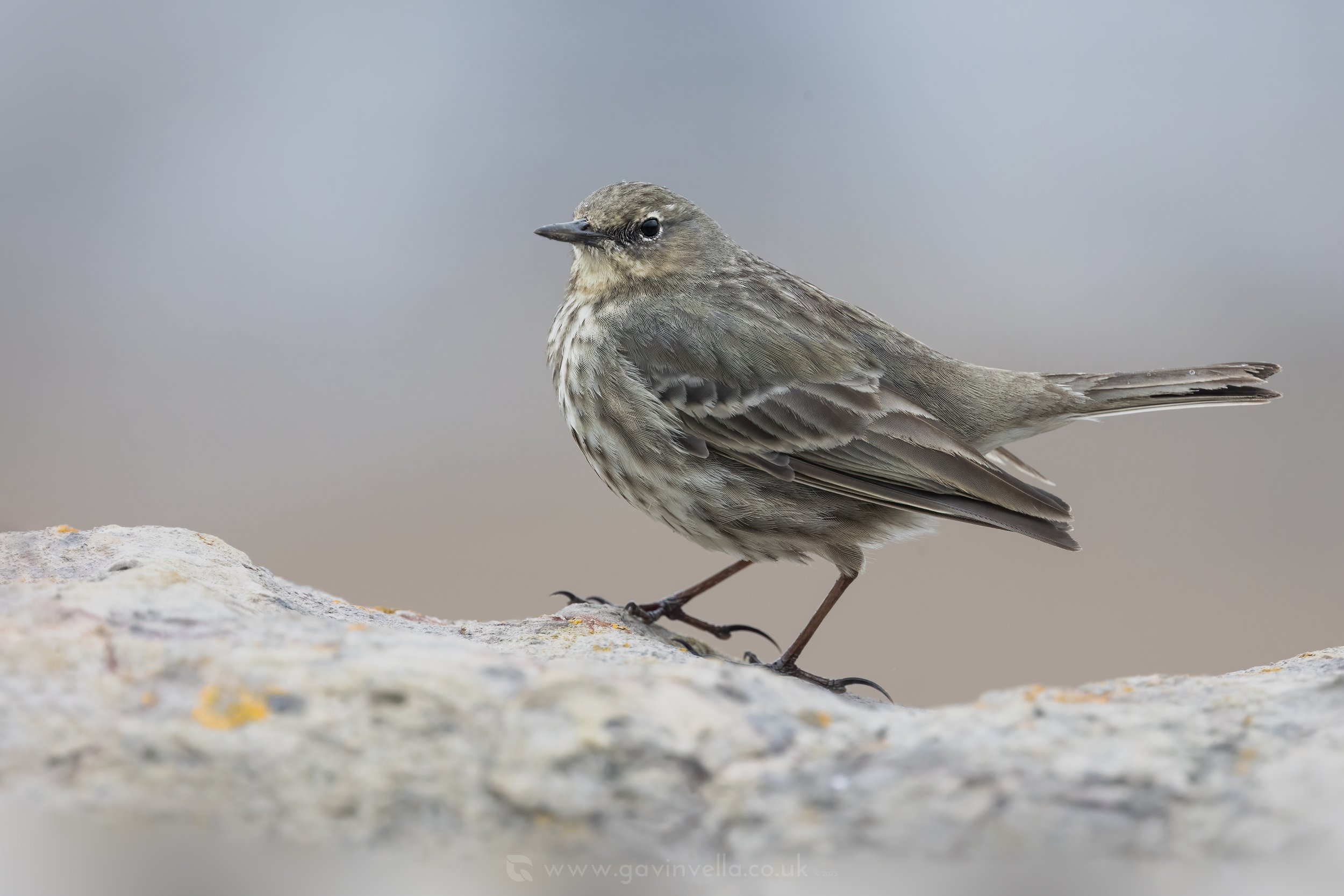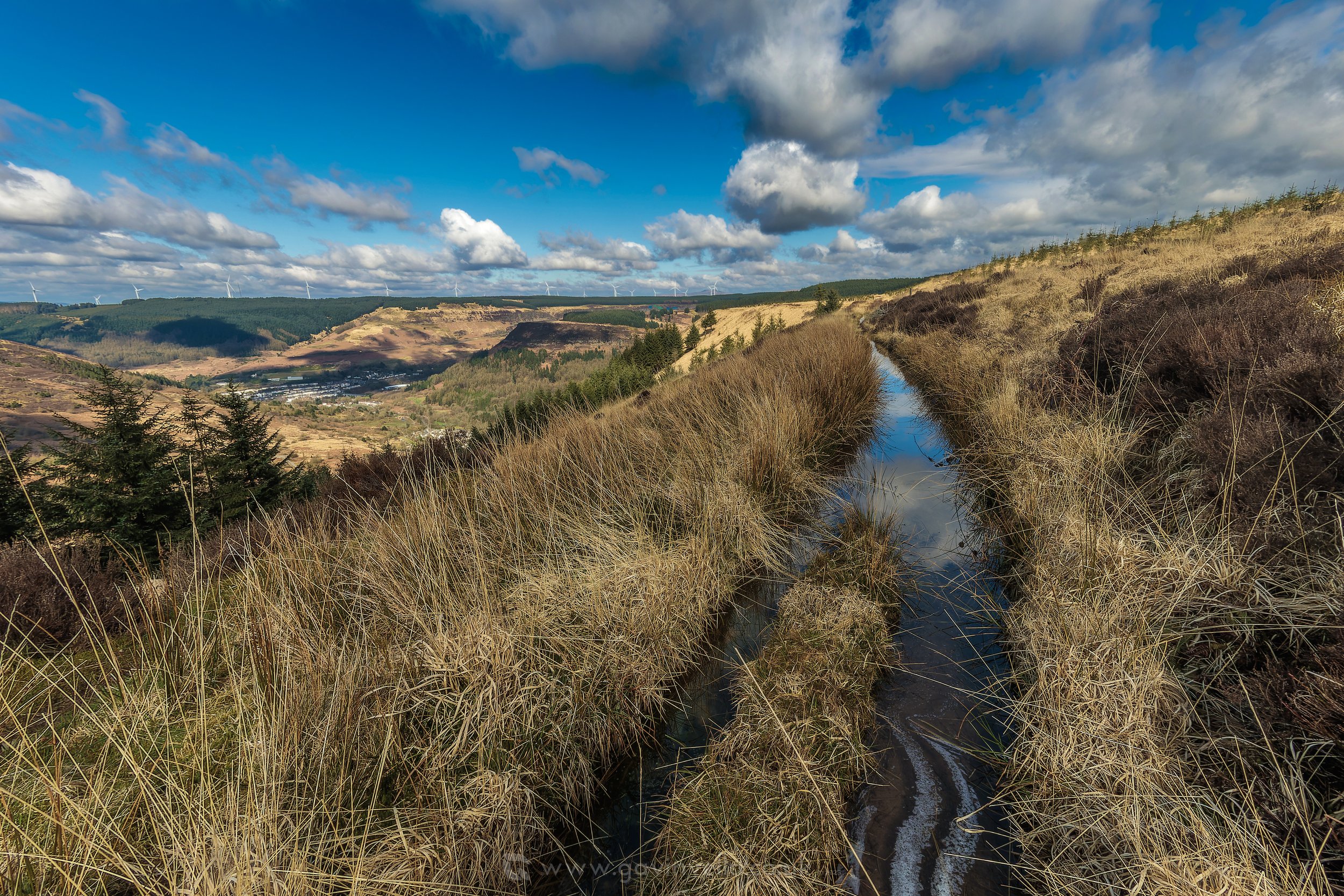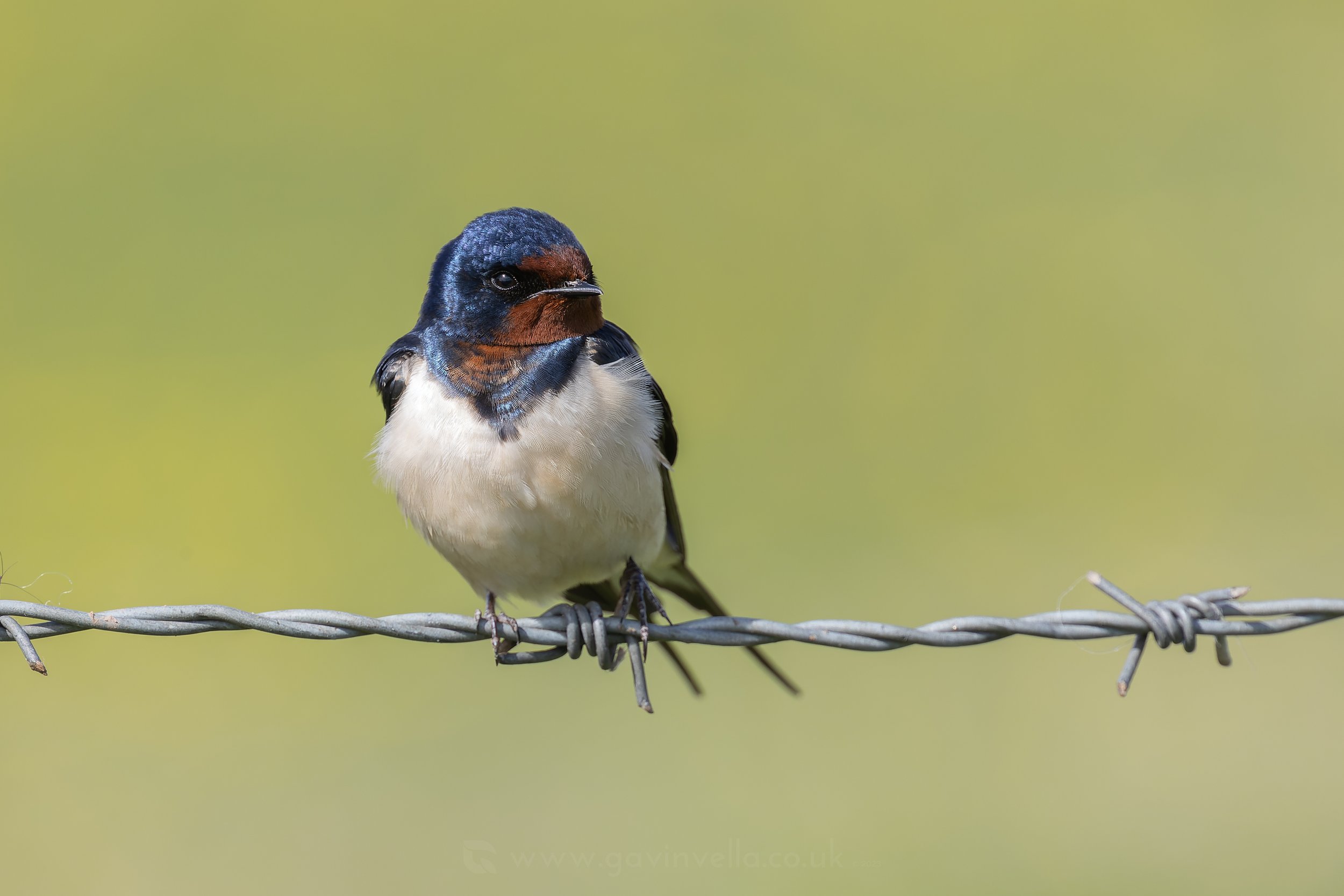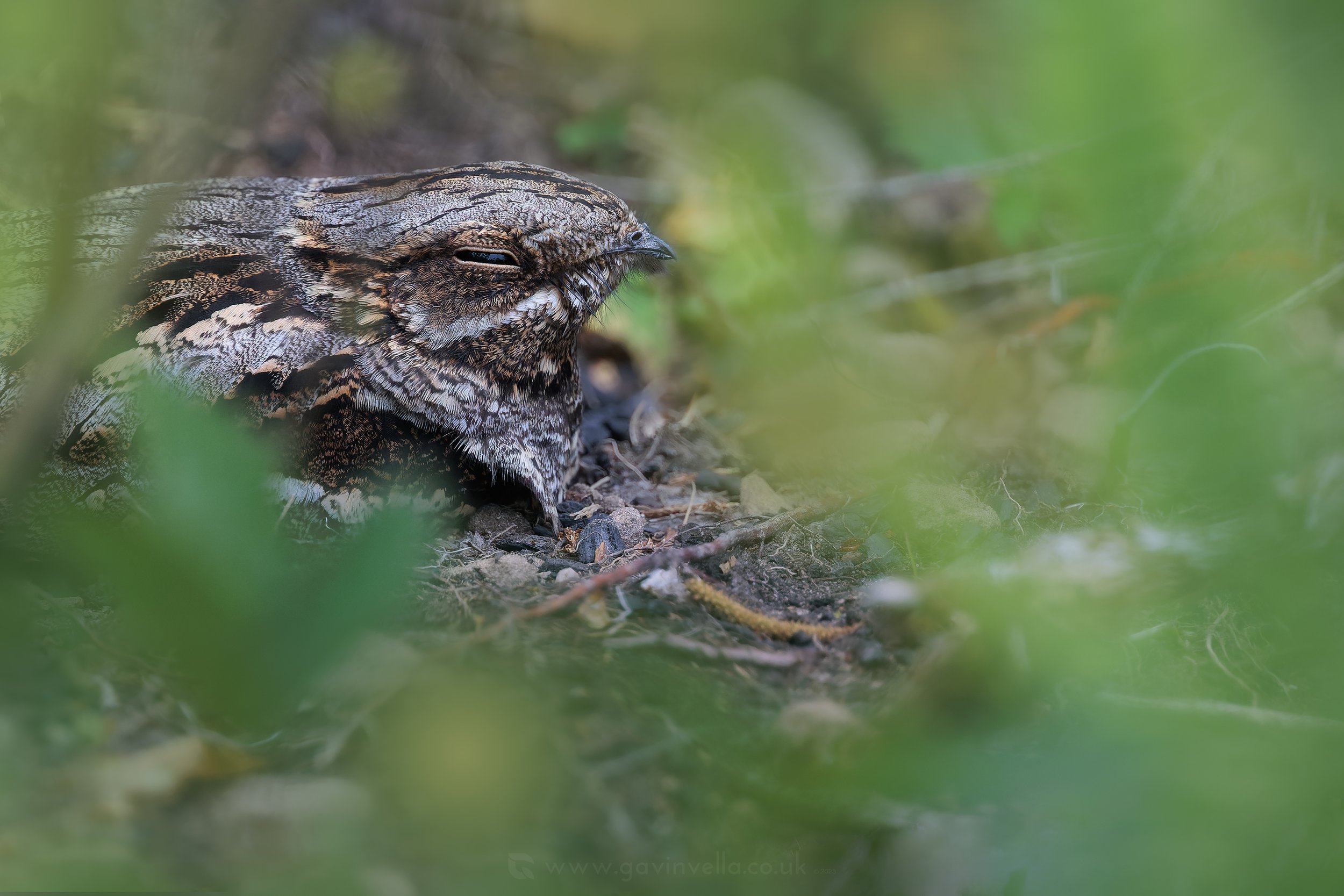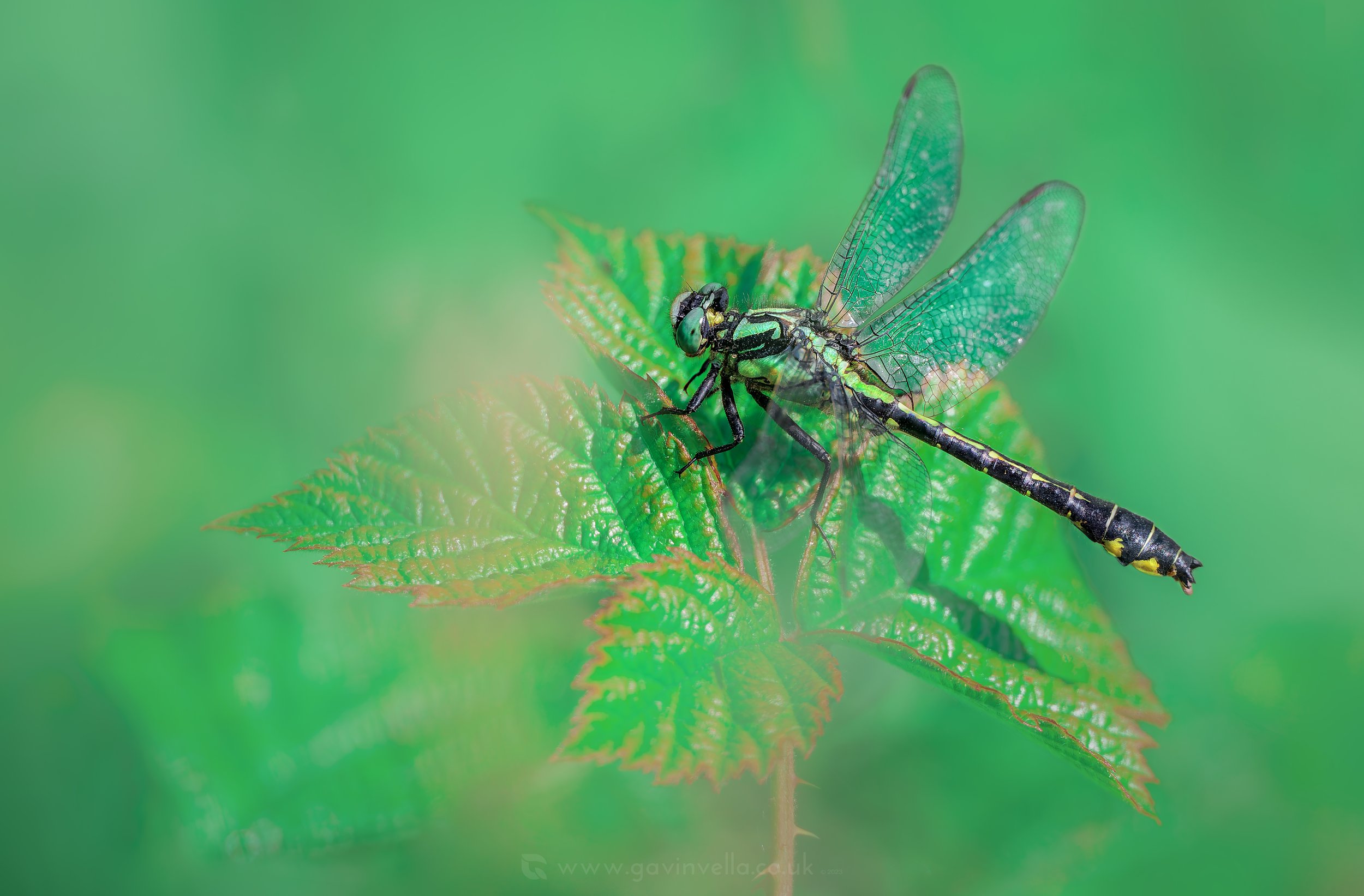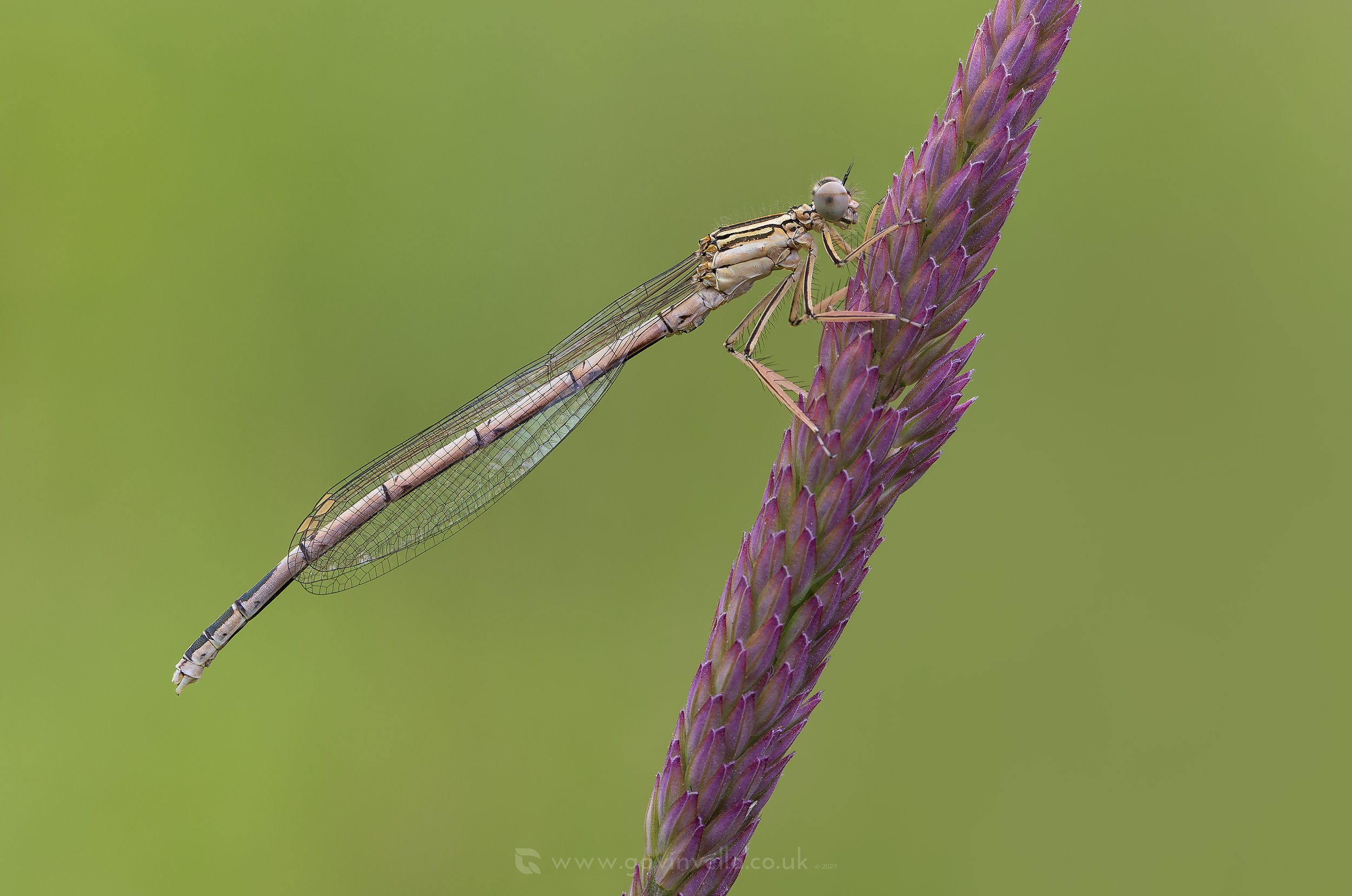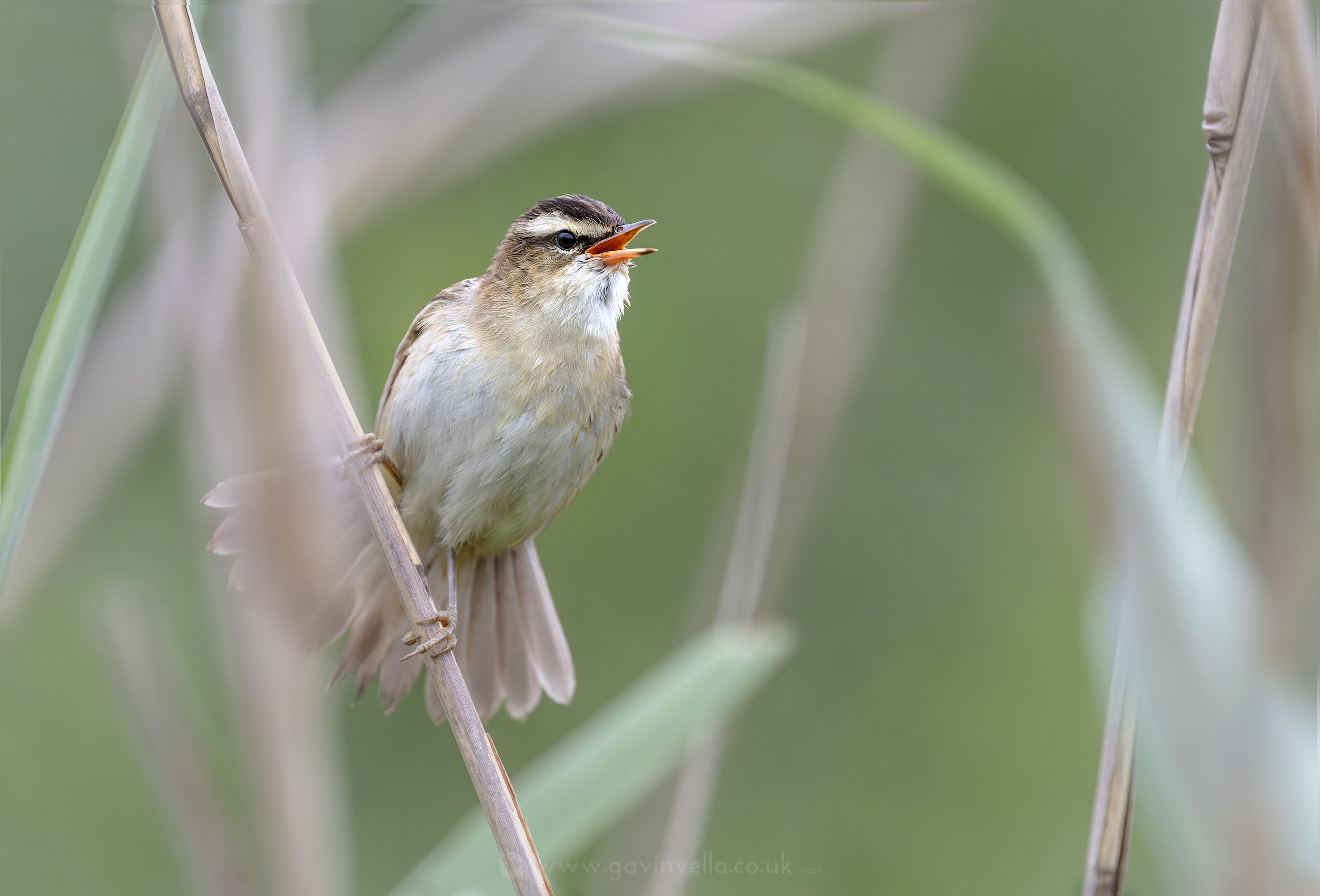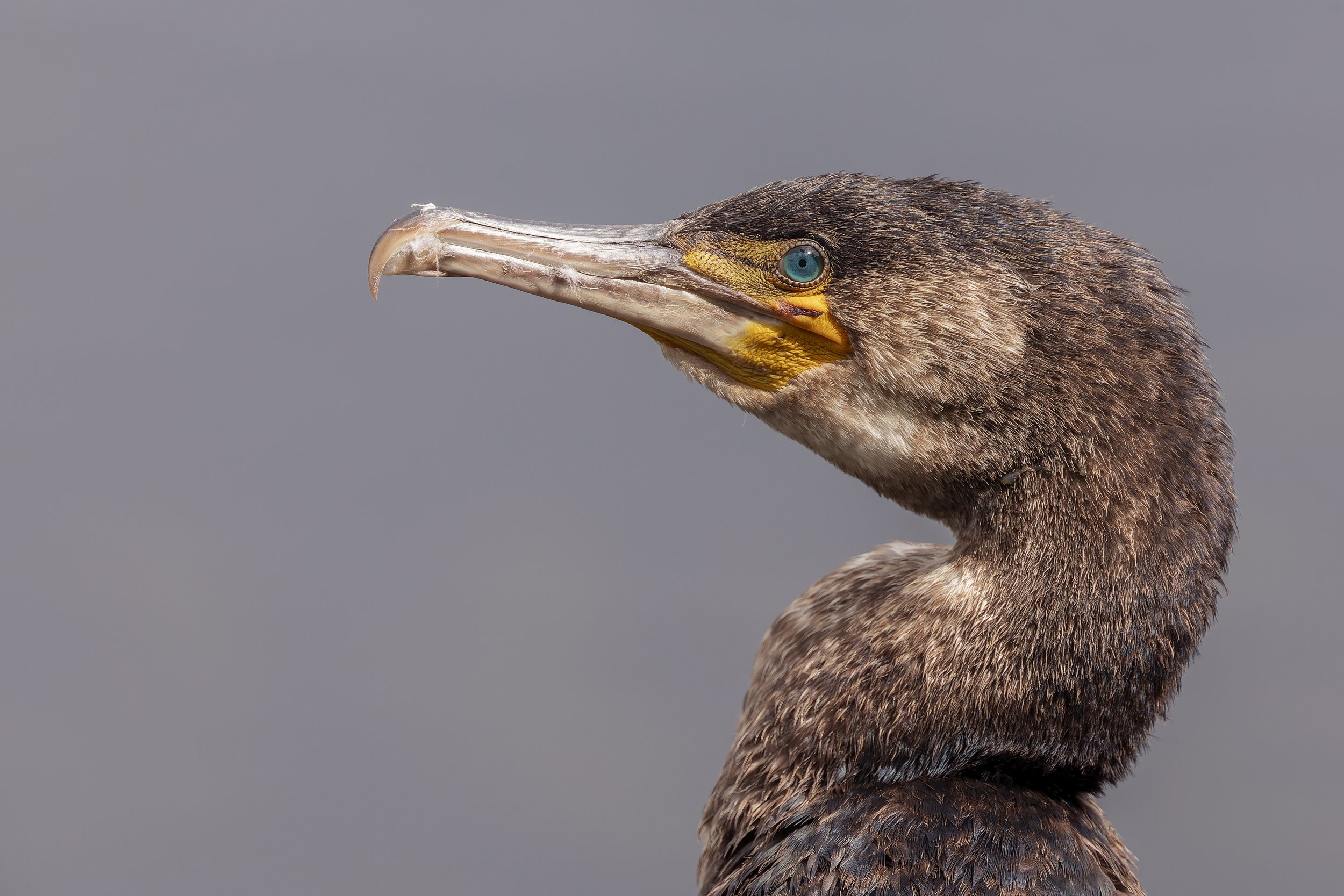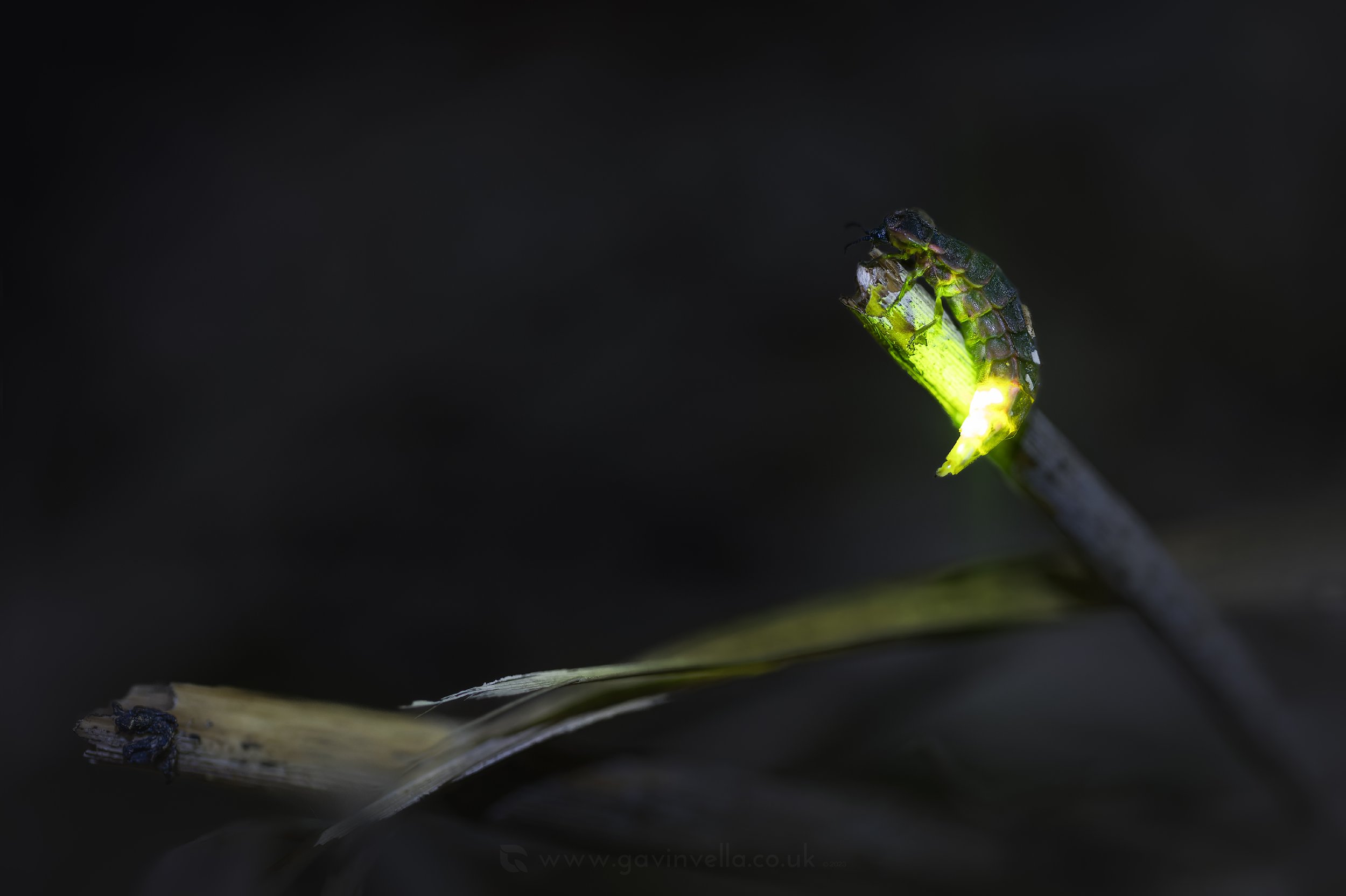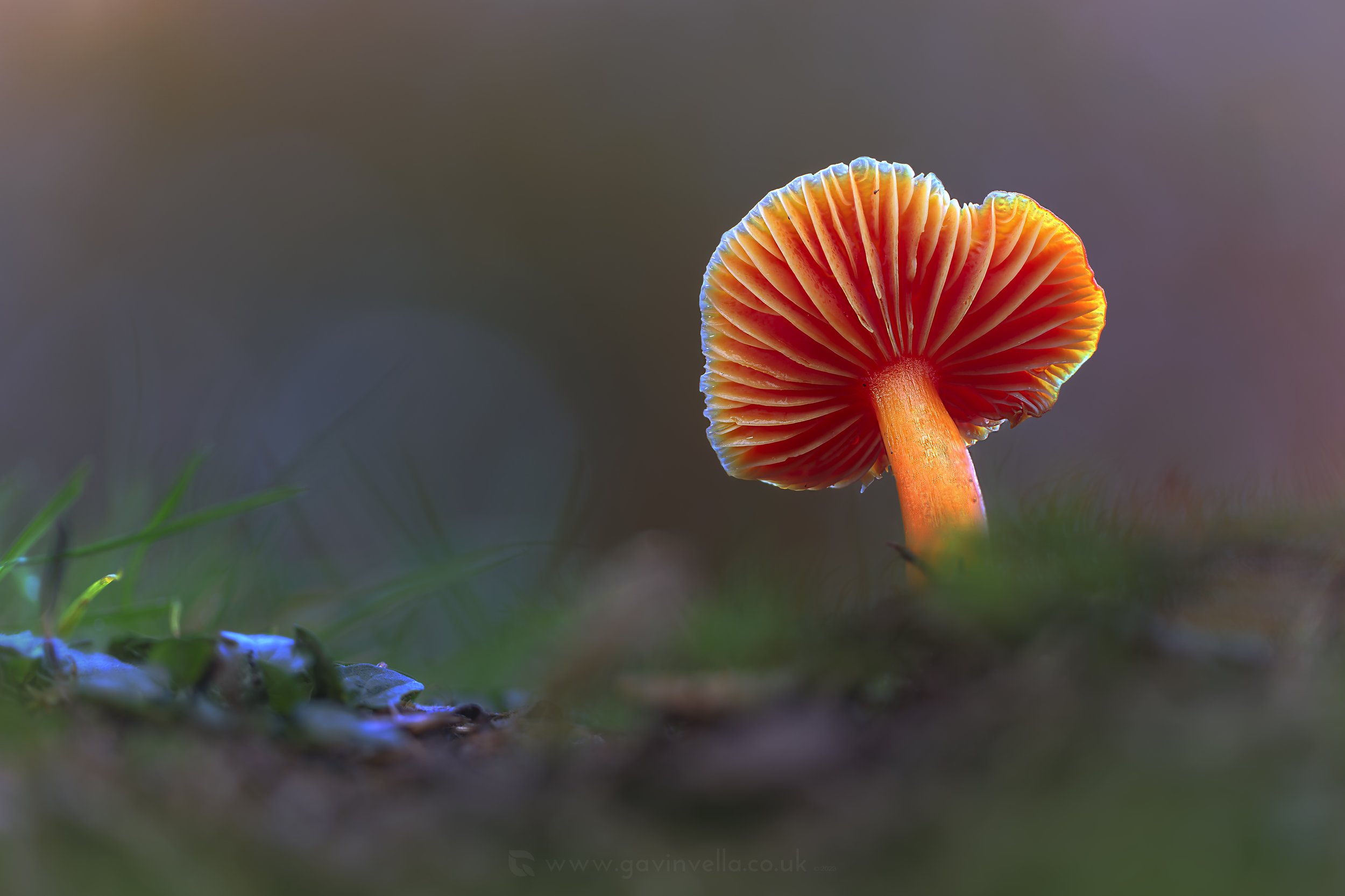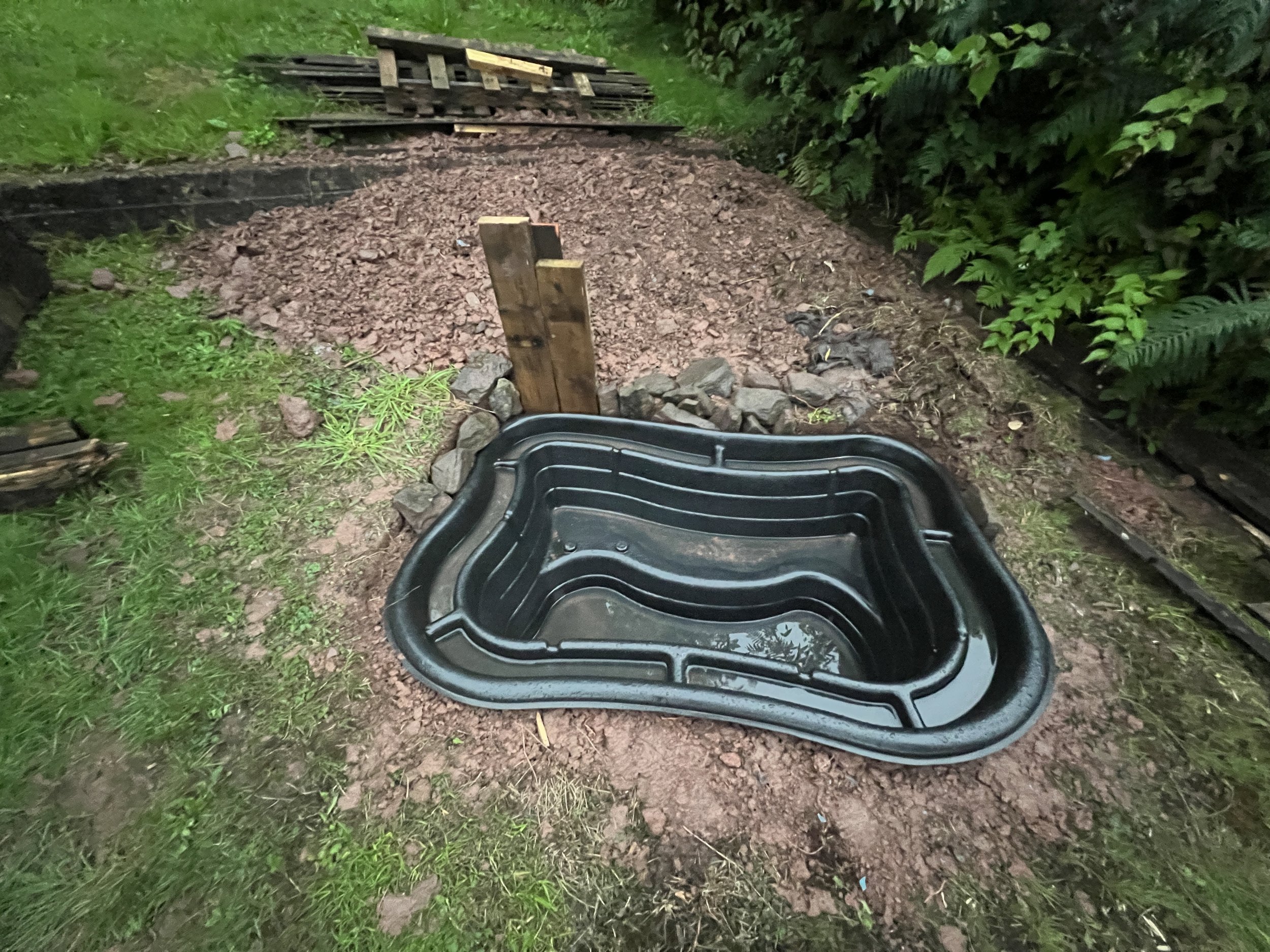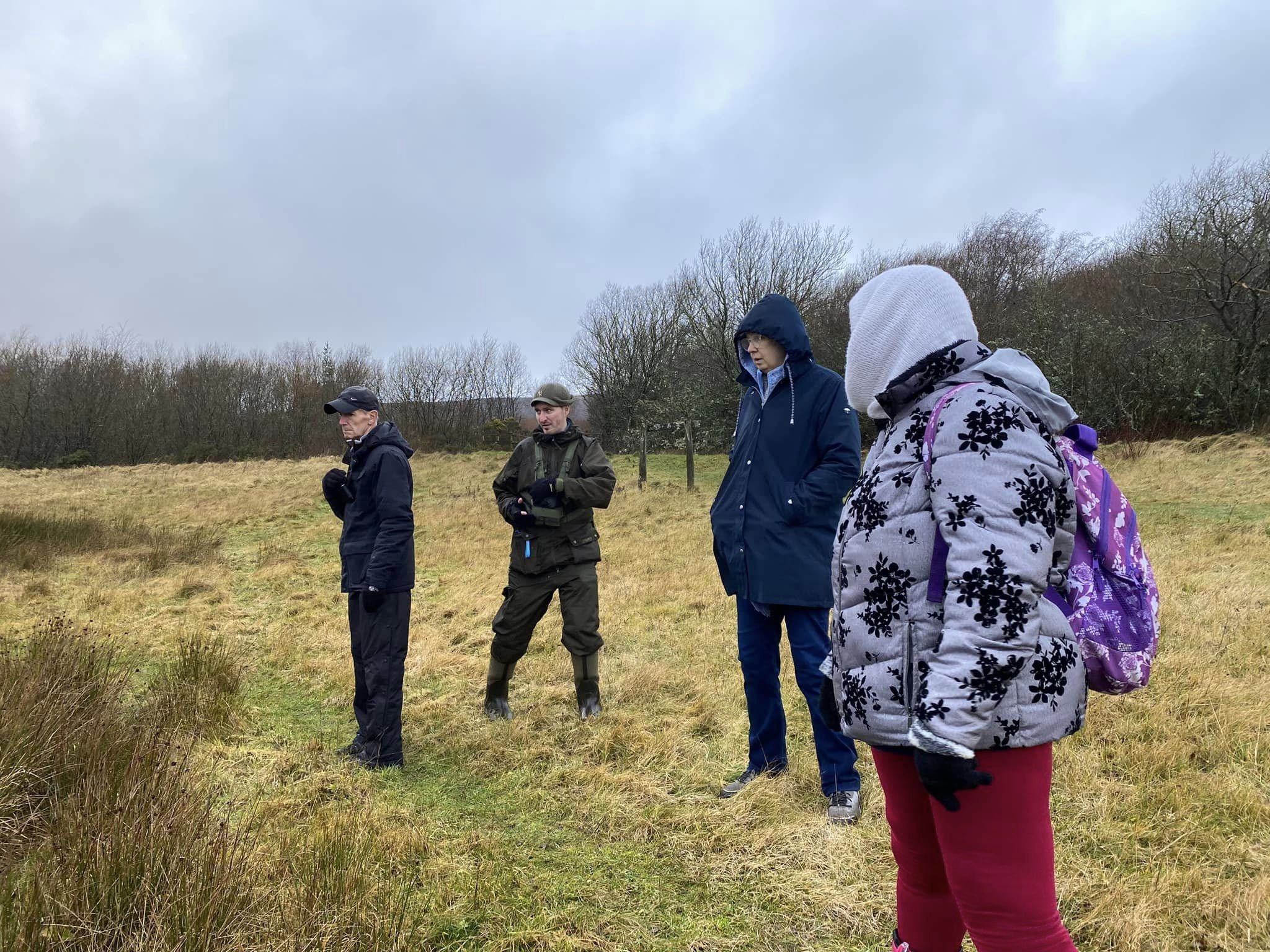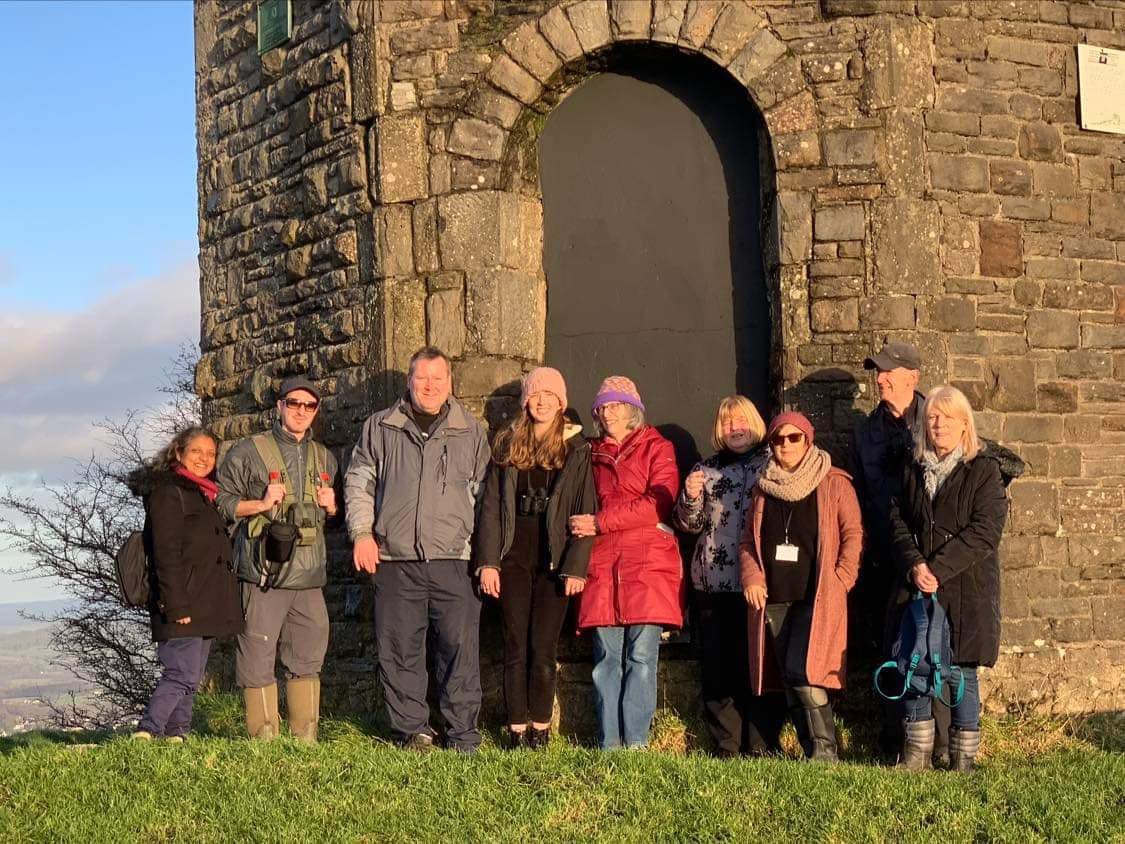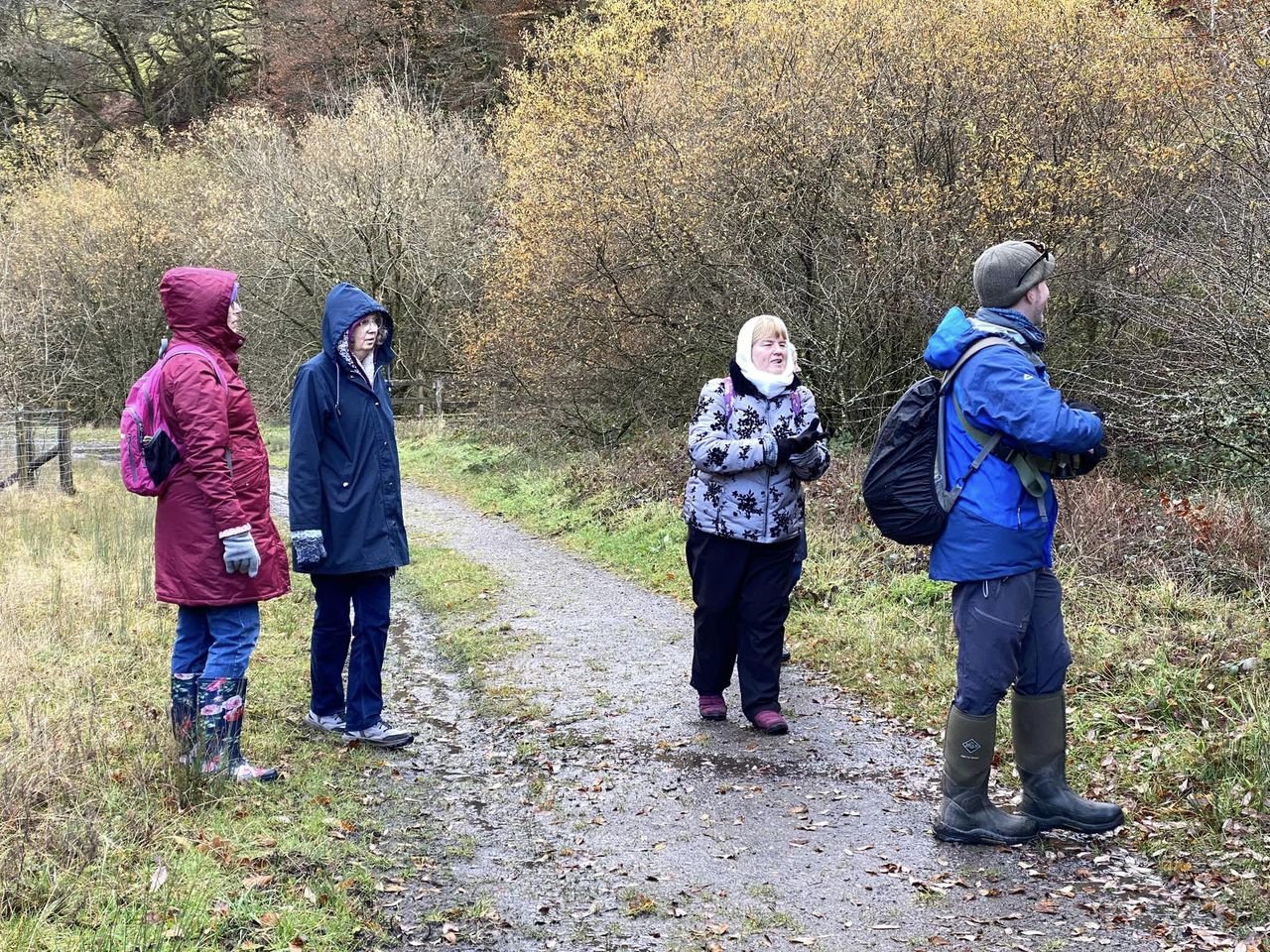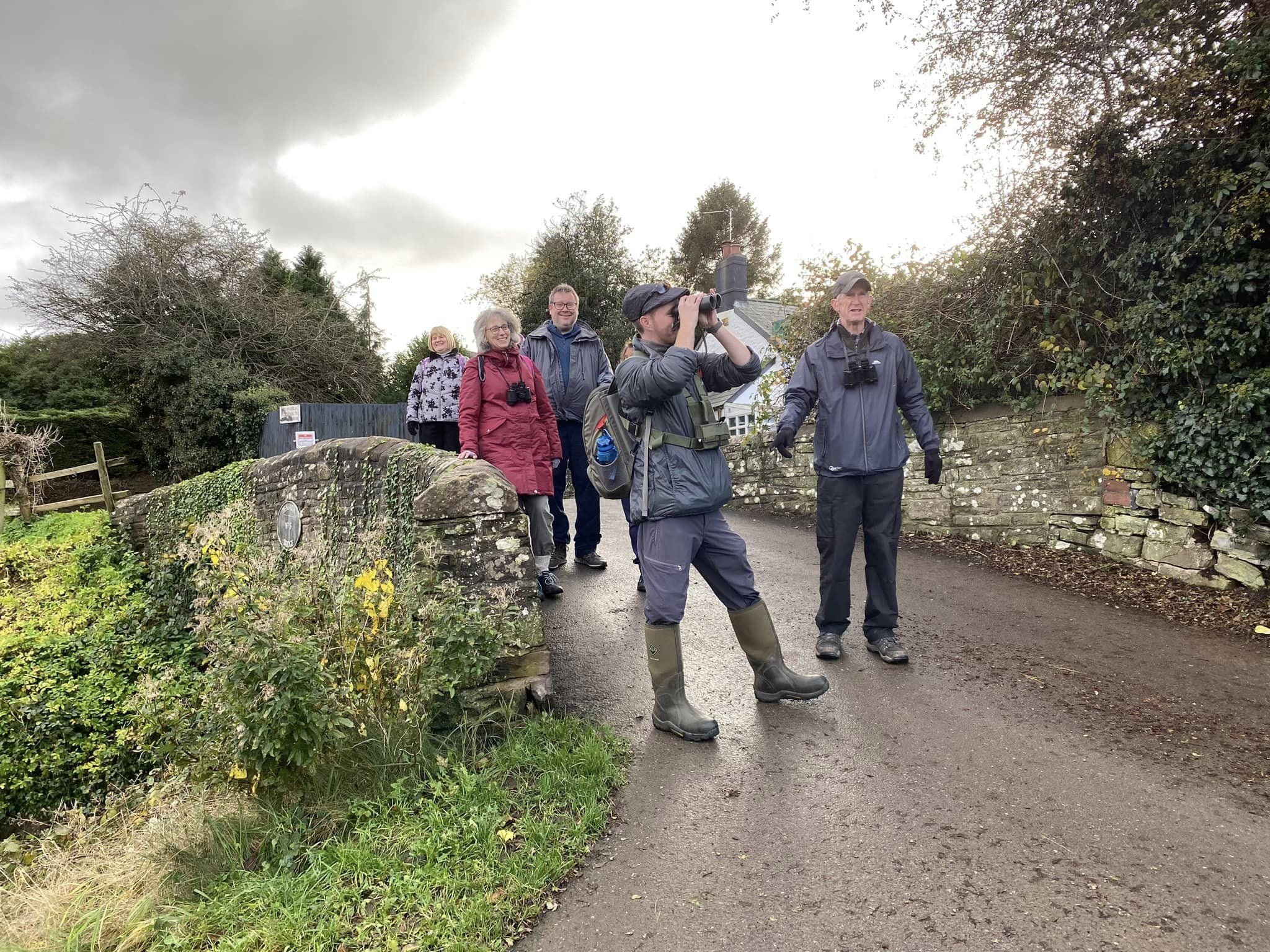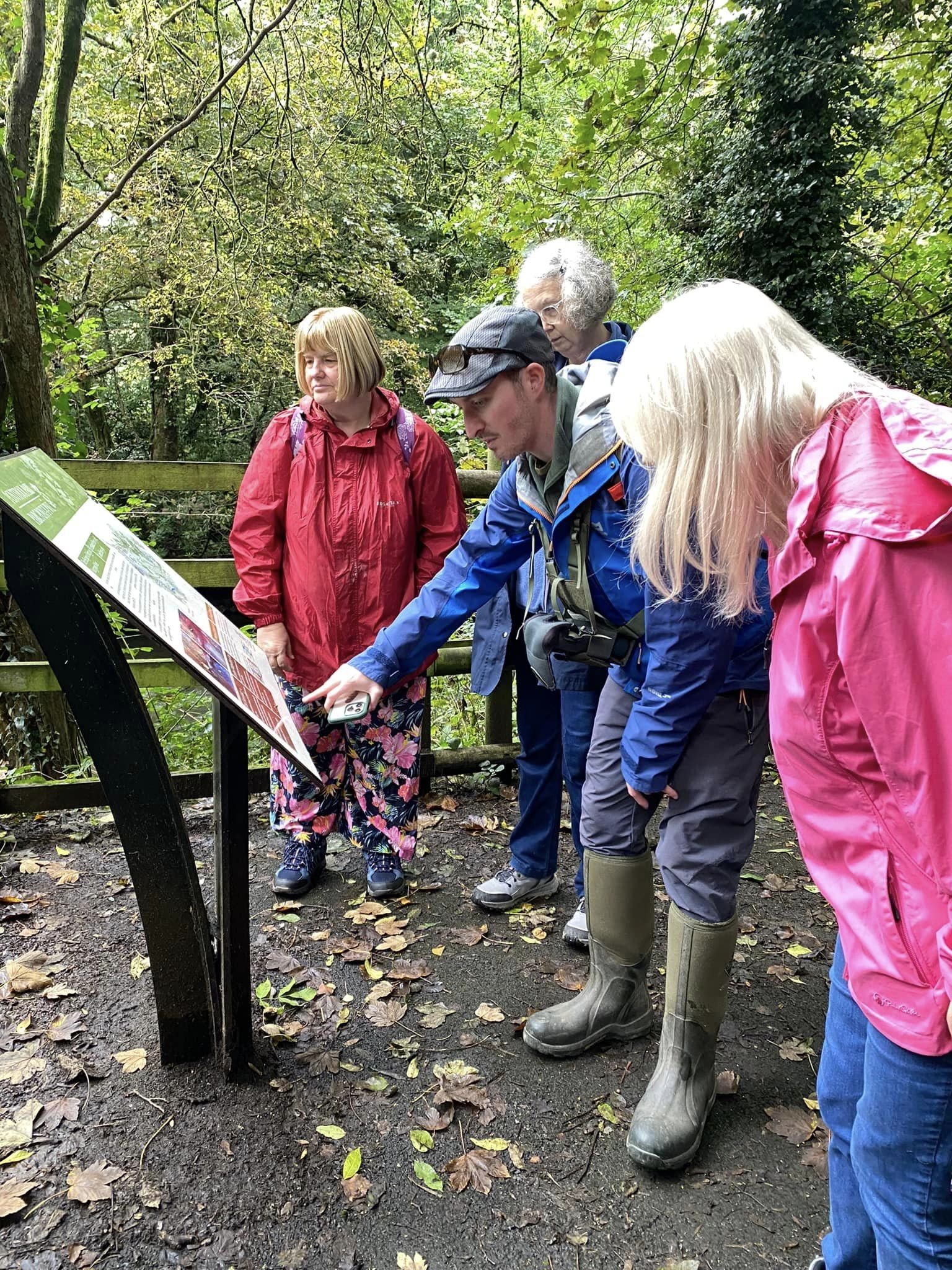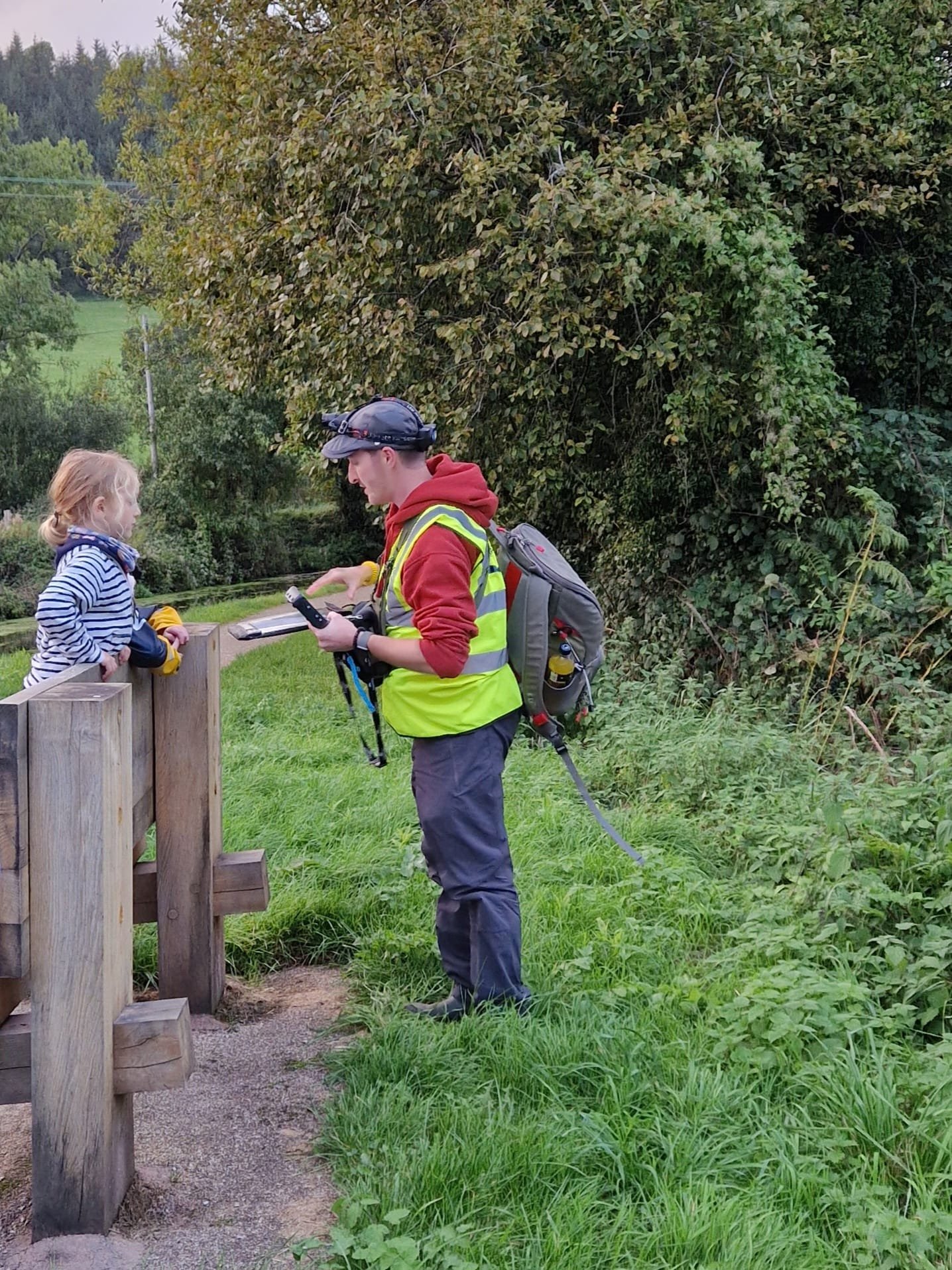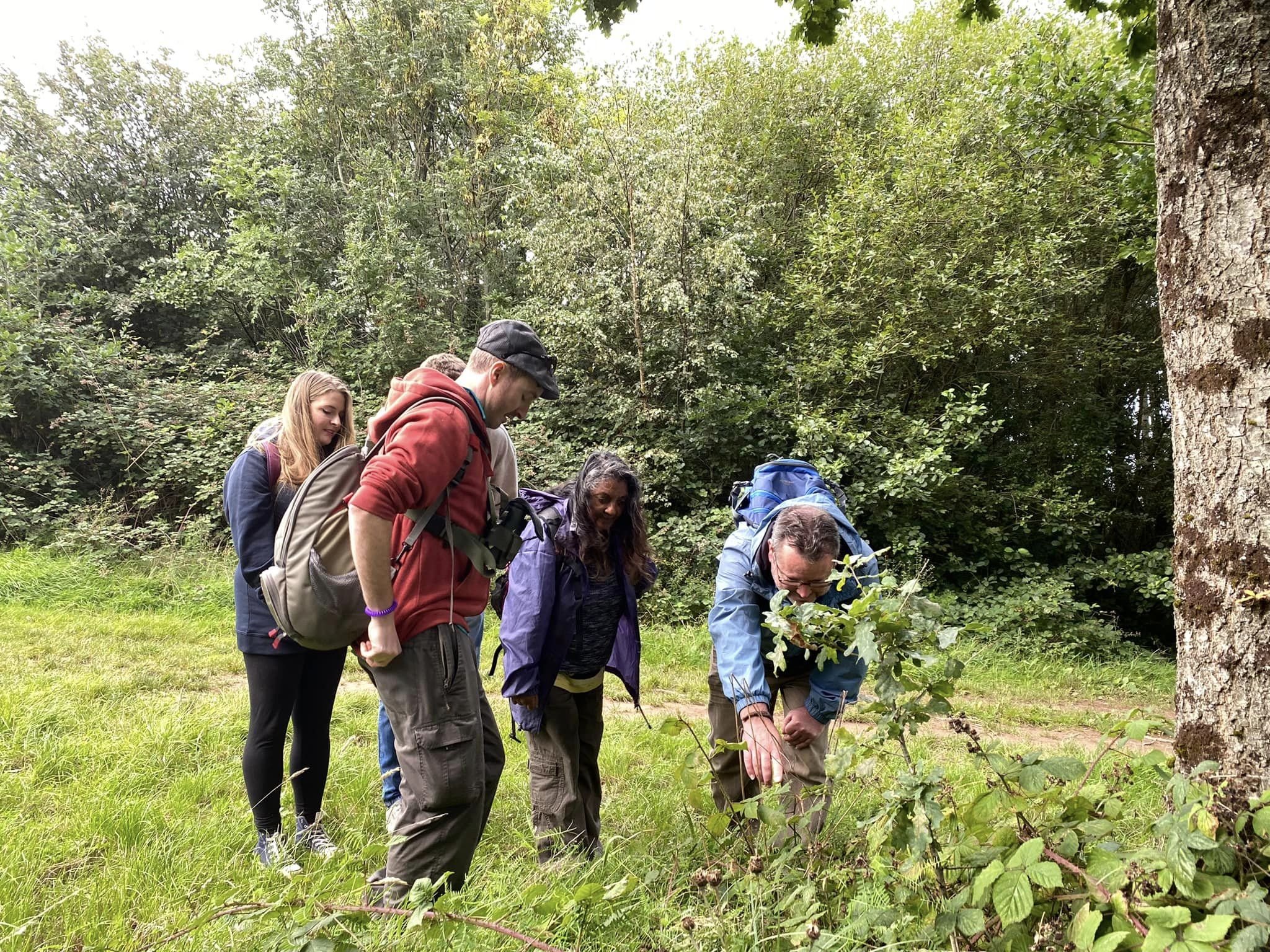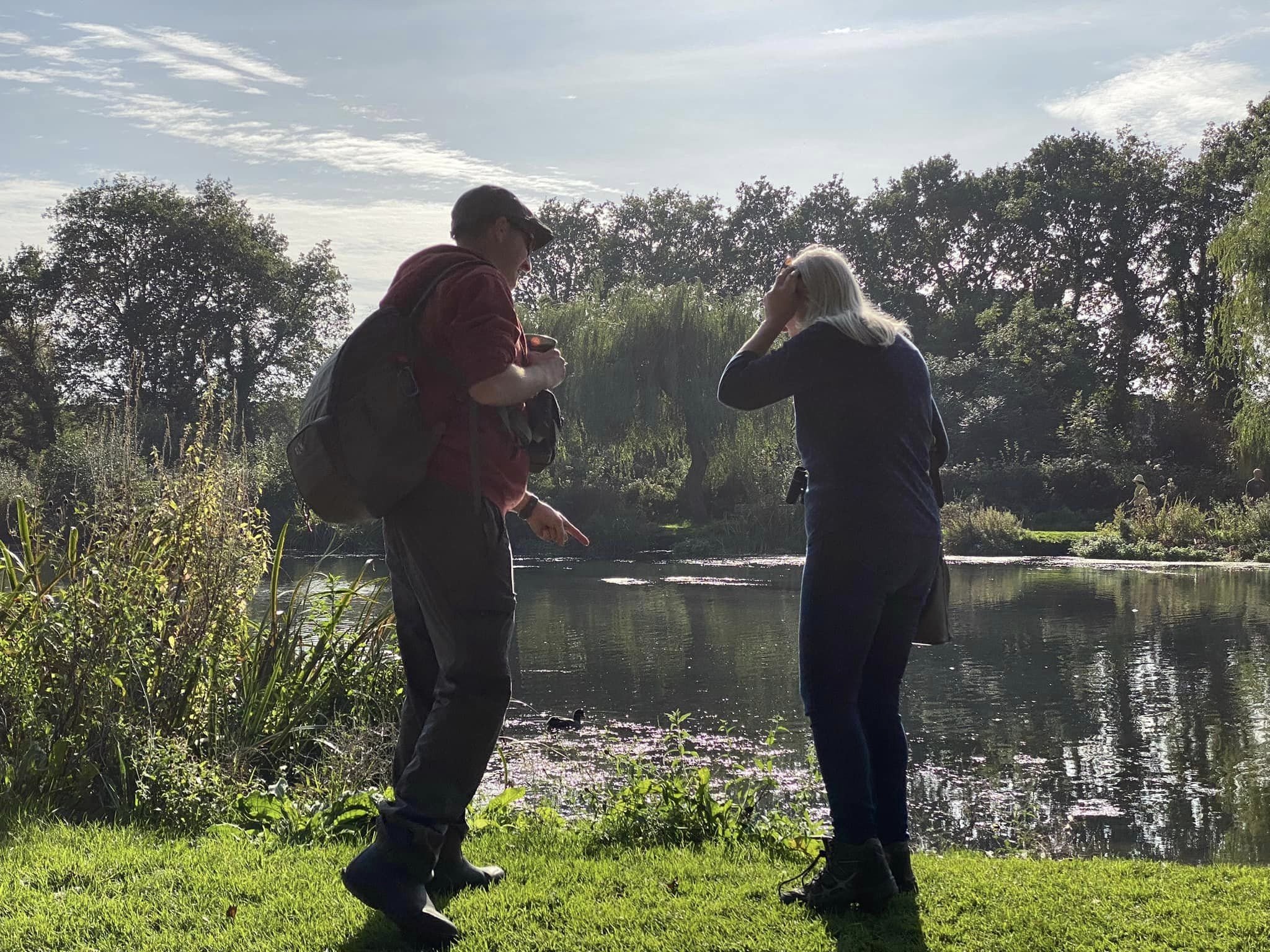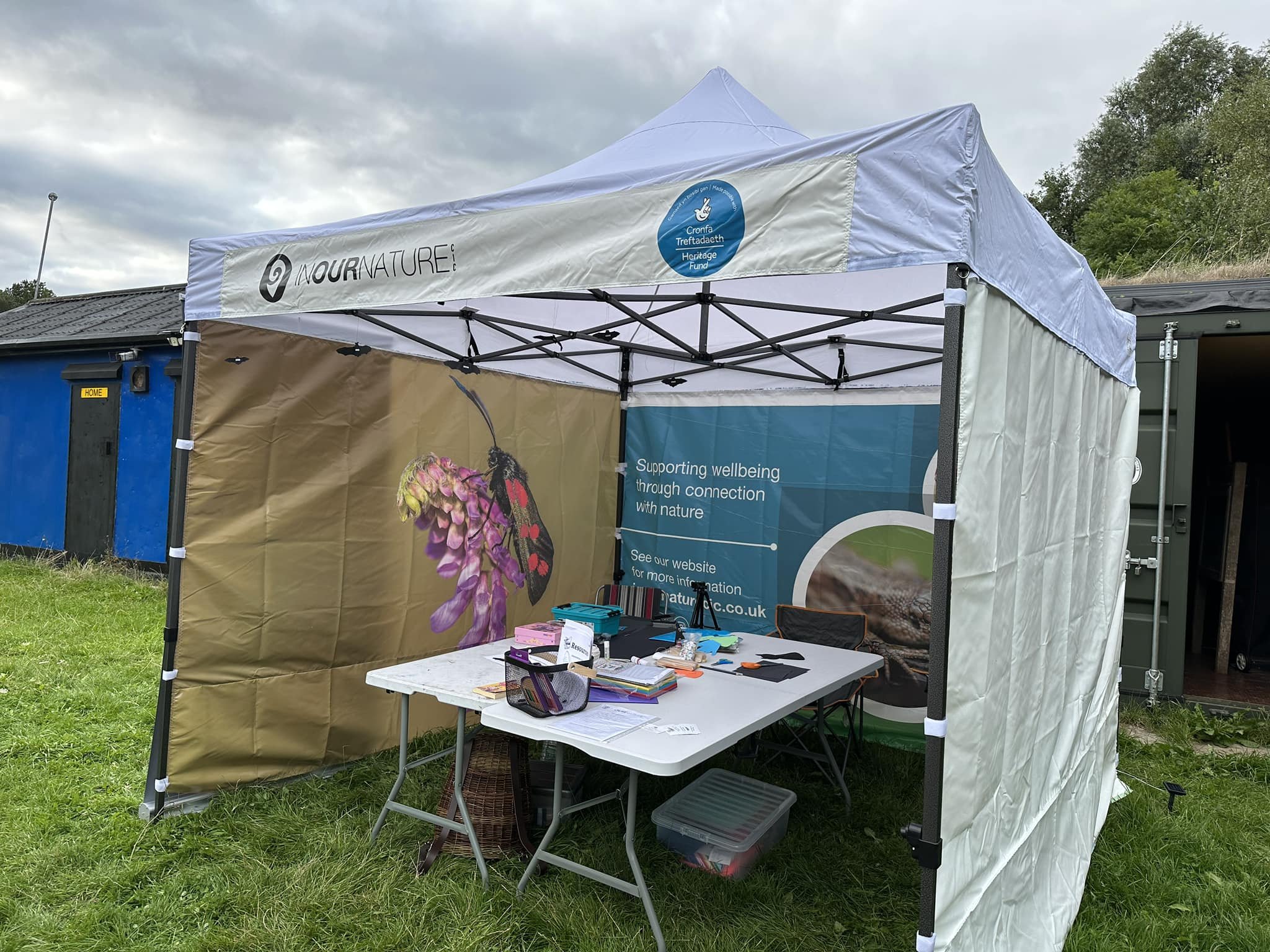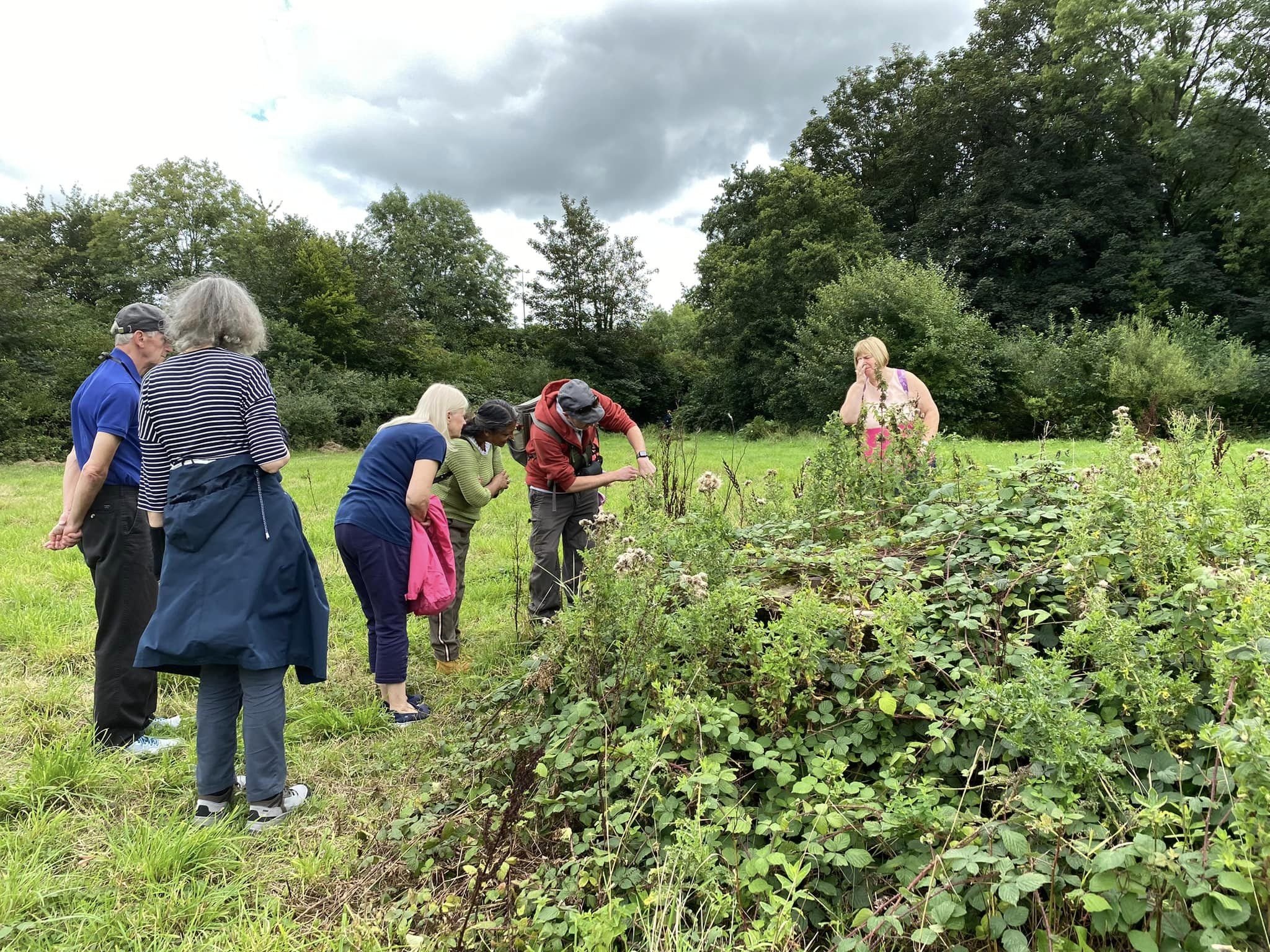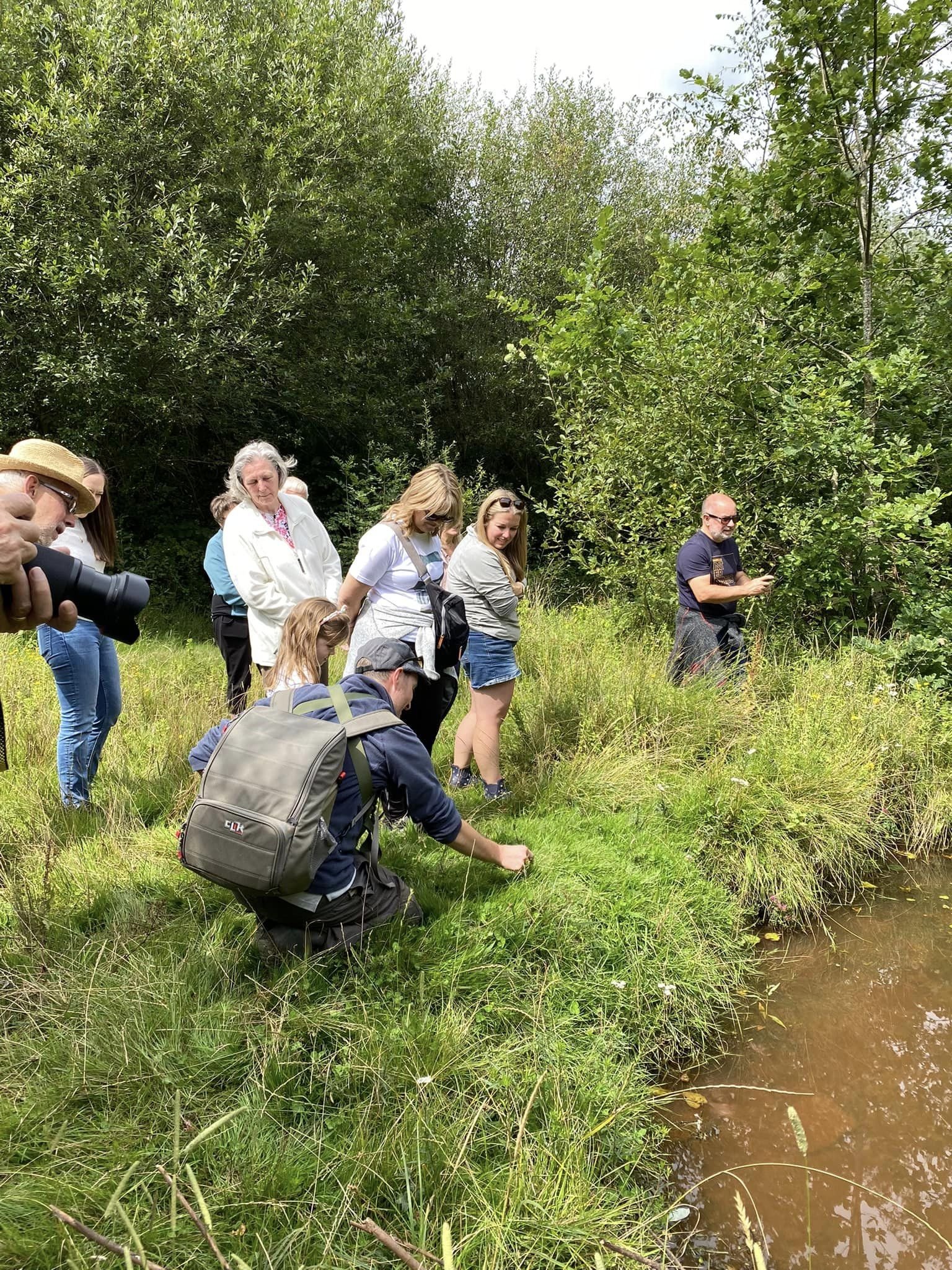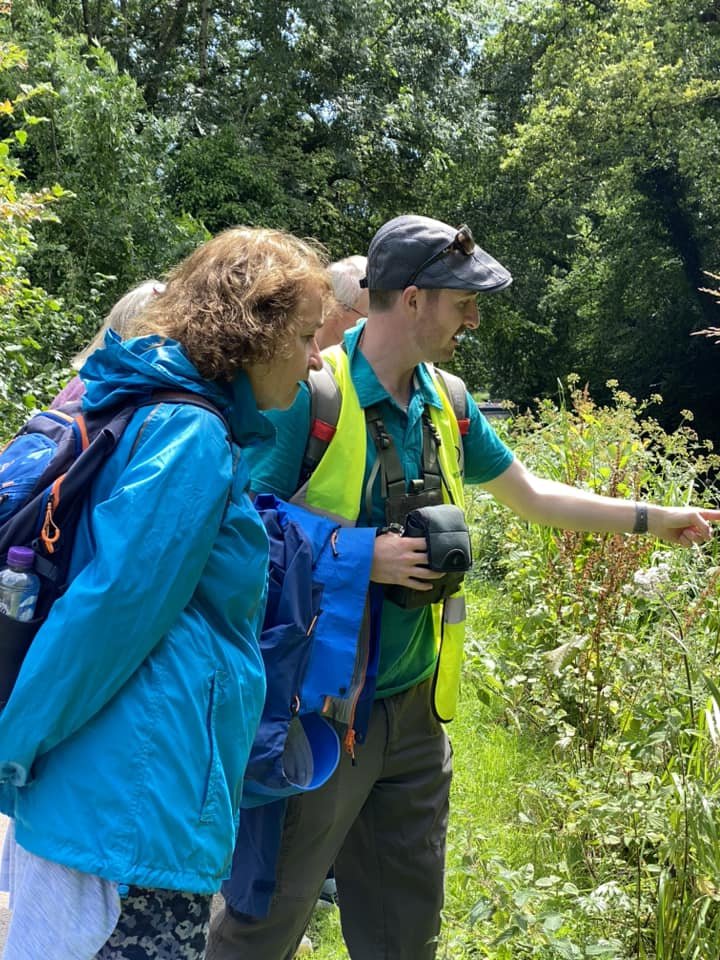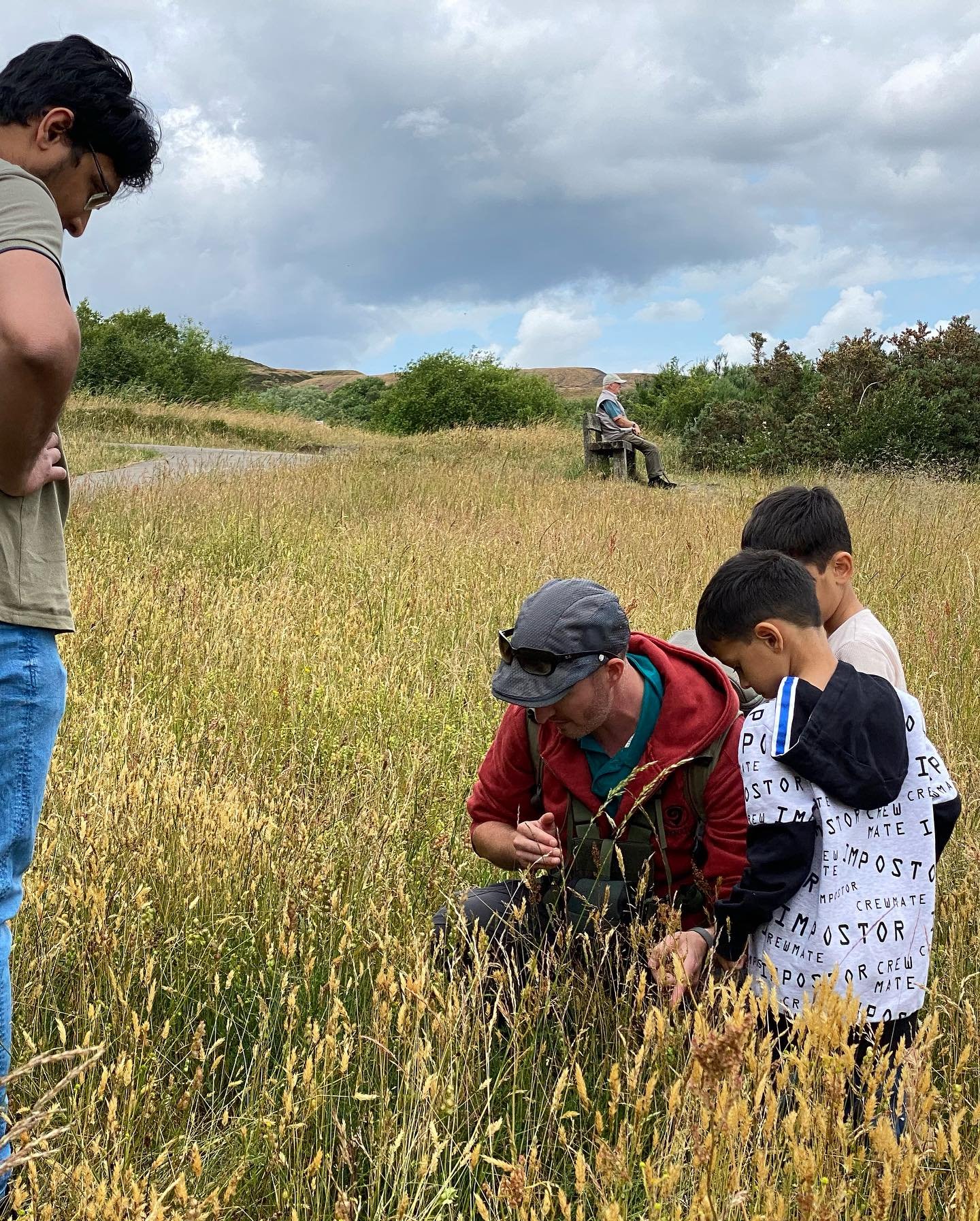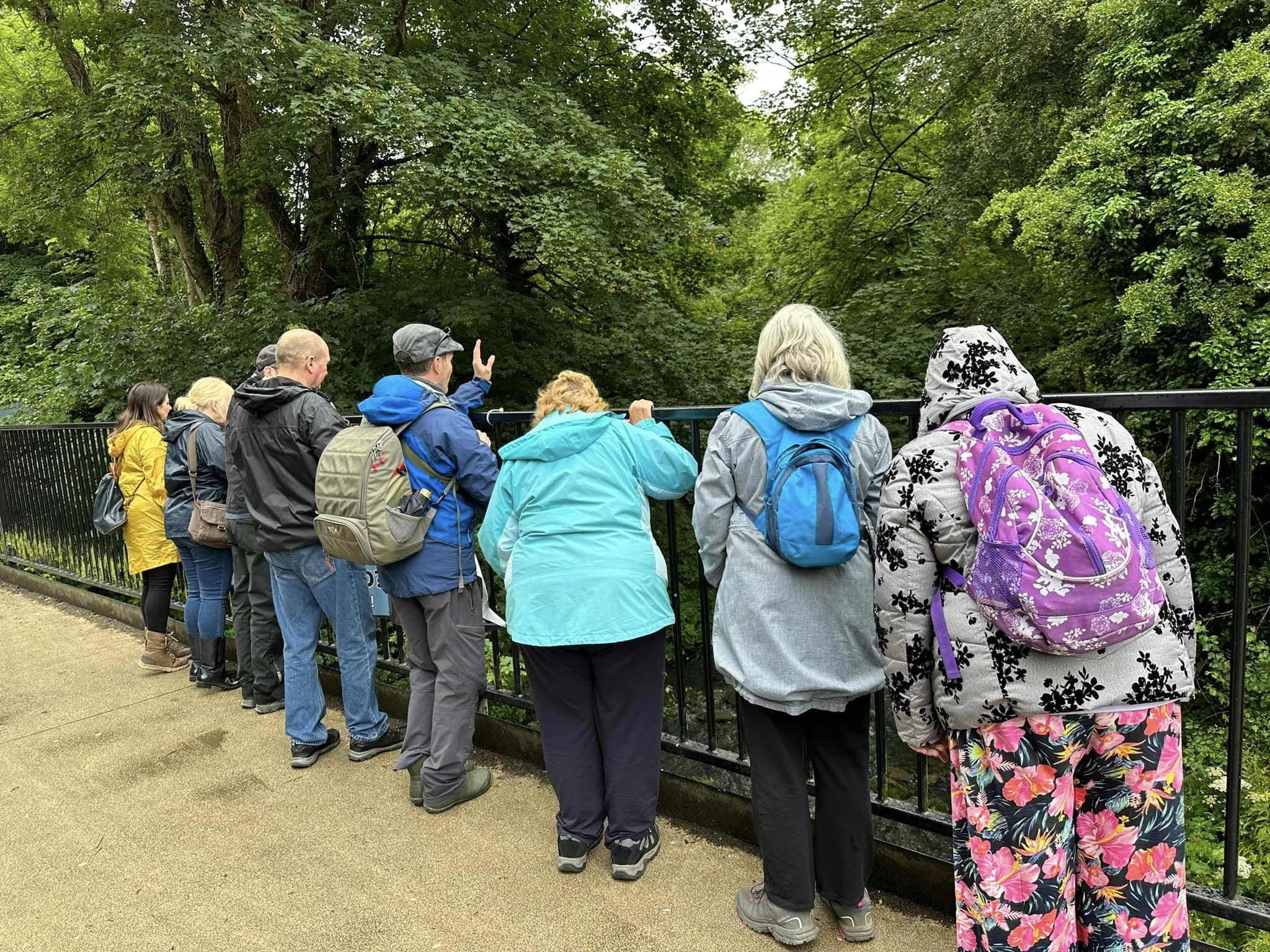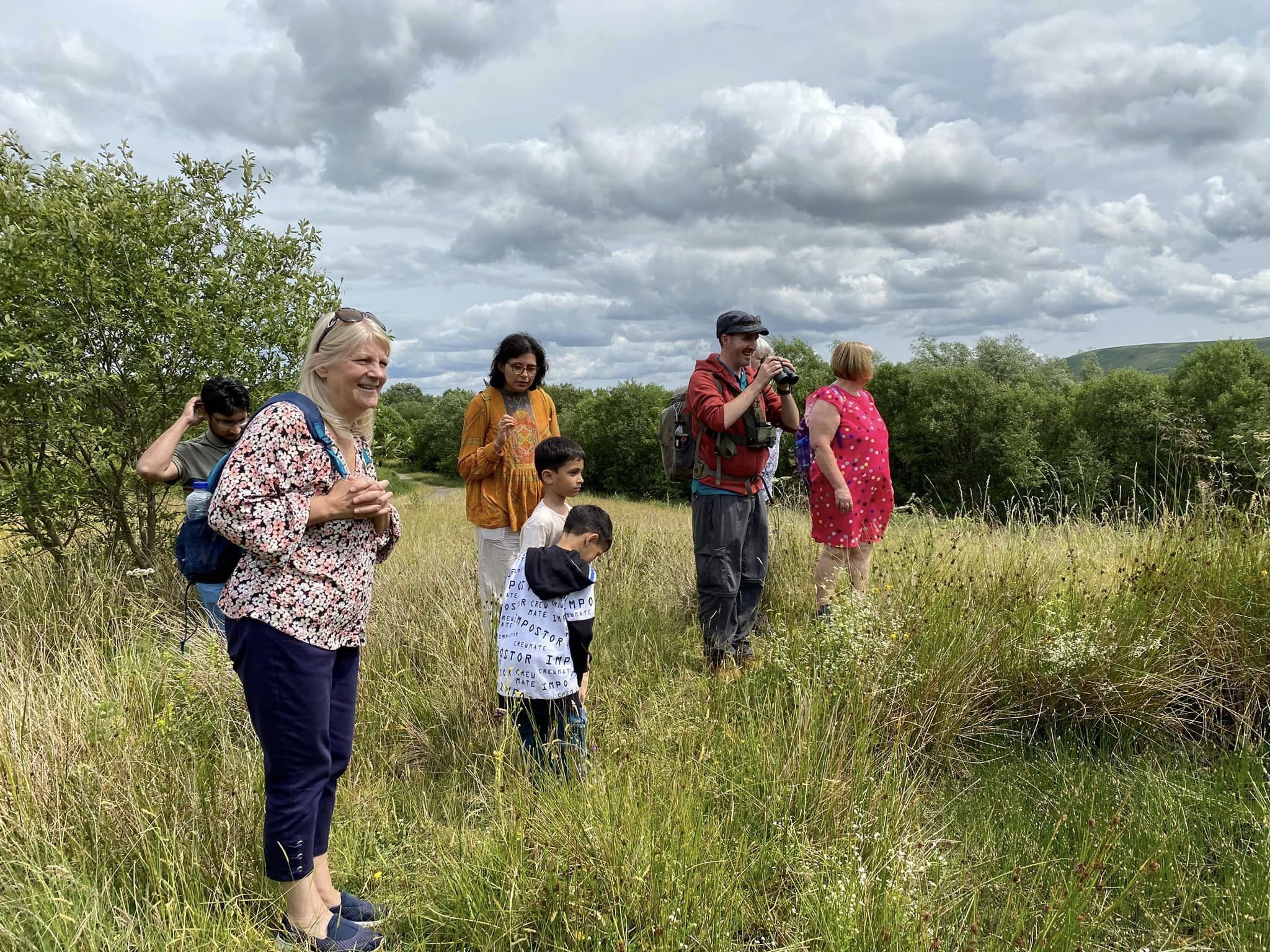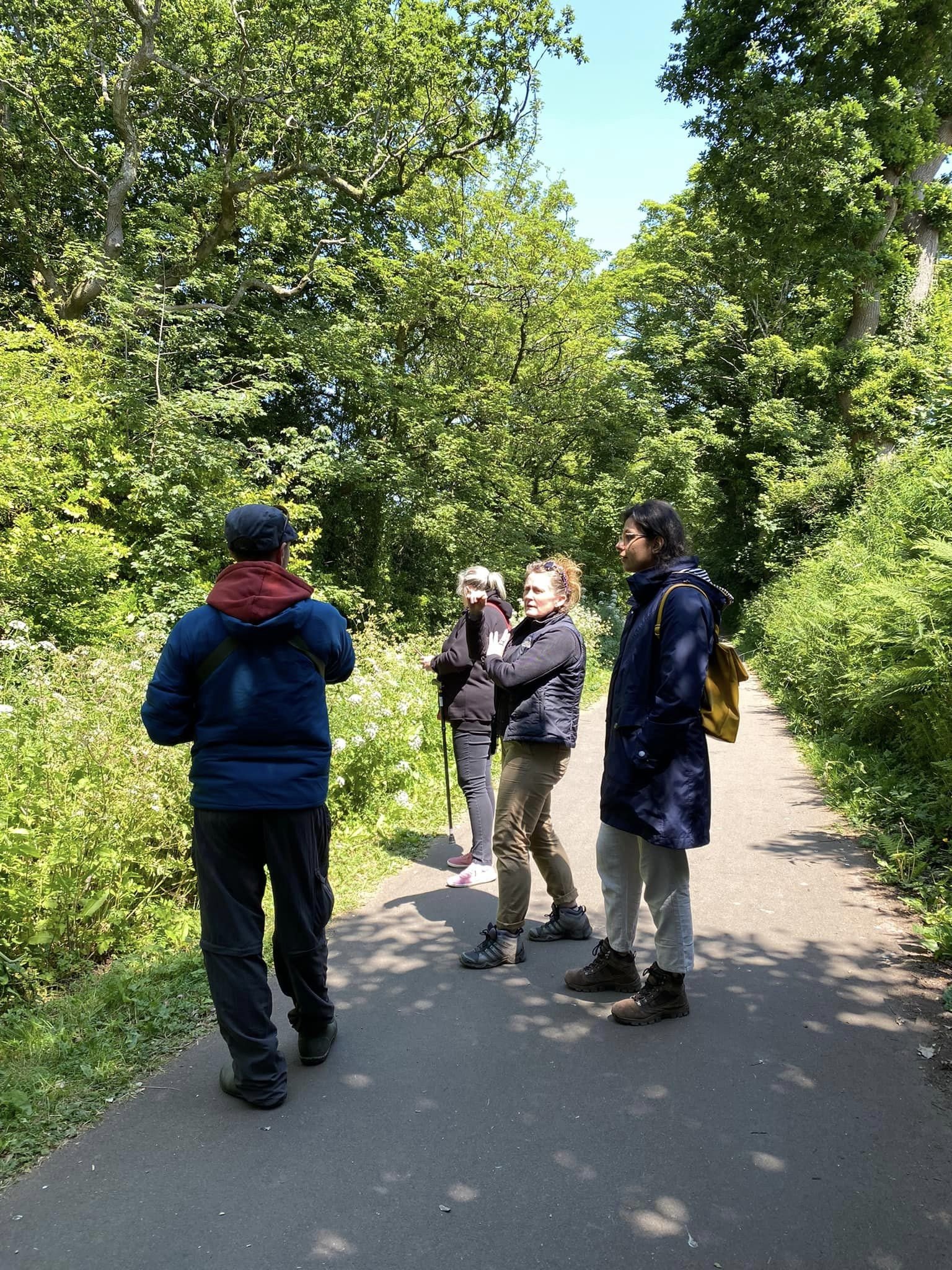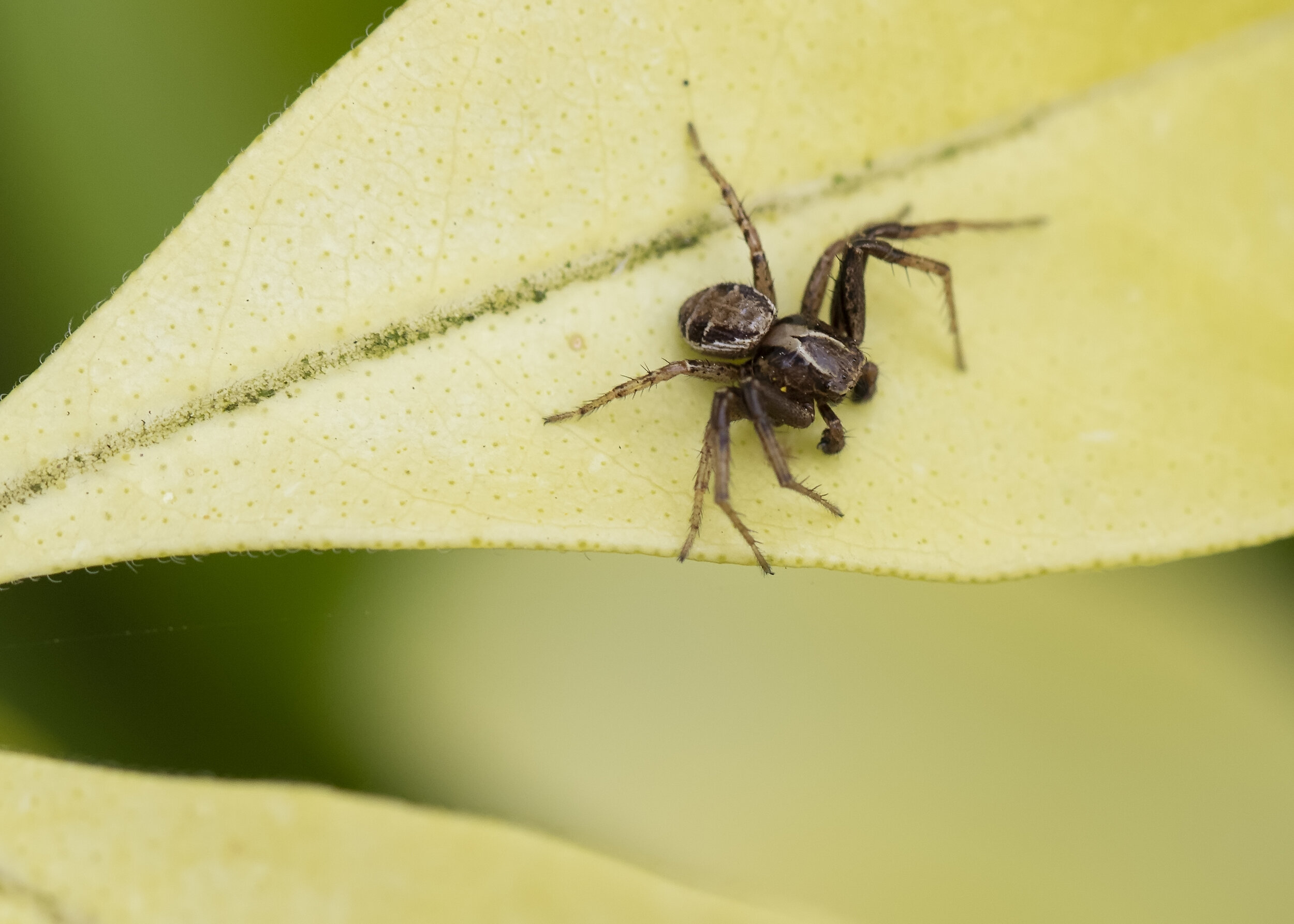Well, considering my last blog was titled ‘I’m back’ all the way back in February, I wouldn’t take this blog very serious if it involves speaking about my goals for 2024, as they never seem to materialise lol..
As soon as the breeding season hits, my work load just skyrockets and I rarely get the time to do photography and sound recording anymore, let alone blog. We all need money though and without it I couldn’t do all these wonderful things anyway. Gear is so expensive these days and with constant new innovations, there’s always something to spend money on..
Photography
Below, seems like a lot of photos but most of these images were taken on just a handful of trips and most from the comfort of my garden for the latter half of the year.
Skomer Island was certainly highlight, which it always is, but every trip to the coast is uplifting.
Otherwise, I spent my usual free time over the summer months monitoring over 20 pairs of Nightjar and Long-Eared Owls, both for personal and licensed work. Overall though I spent more time searching new areas than I did re-visiting old ones. For instance I spent a fair few hours in search of Club-tailed Dragonflies along the River Usk, (with no luck might I add) but if you don’t look, you don’t find, and I’m not afraid of going home empty handed anymore. A recent trip to Whiteford point was a nice refreshing example of that for me, as I left the camera at home. It’s nice to be free of that pressure of ‘getting nice images’ and just enjoying yourself, being outdoors and taking it all in. Strip yourself back and leave the camera at home, it’ll do you the world of good. Oh, and buy yourself a pair of binoculars if you’re still relying on other people finding the good stuff for you ;)
New Home & Garden
Amongst everything else, the new house has taken priority above all this year, with so much that needs doing. The Garden being the biggest project left to complete, with every single bit of wood, completely rotten, so it needs to go. Some how though, I did find the time to dig a pond, which actually resulted in me getting a mega garden tick in the form of an Osprey!! lol. Would upload the phone video but internet is terrible here. So here are some funny progress pics instead and a screen grab of the Osprey.
Sound Recording
My sound recording journey this year really paints more of a picture of the seasons than any of my photographs do really. Even though I still wish I had more time for it, with sound, you don’t just need free time, you need good weather, so it’s even harder to find those windows of opportunity. Low wind is my friend though, no matter what the temp, even if it's wet, if it’s windy, it’s hard to work around with a parabolic dish.
The first recording of spring migrants for me this year was this Tree Pipit, at a time were there really wasn’t very many in the county yet, this guy was pumping it out on a clearfel.
Skipping ahead, it’s always nice to hear the sound of mammals. They’re a difficult subject to record as you may have one in front of you but there’s no guaranty you’ll get any vocals, so with mammals like this Water Shrew, you just have to make the most of the opportunity you’re given. This was during a Lapwing Survey on the Gwent Levels.
Whilst in full swing of the busy season, spring migration can turn up anything but I don’t think anybody was expecting a few Great Reed Warblers, and this has got to be one of my favourites of the year, even though I didn’t get a very good image, the sound recording was far more impressive and it’s not very often you’ll get a nice singing male performing like this in the Uk. Another first for me from Hamm Wall Nature Reserve. Does this beat the River Warbler from last year? I’ll post that recording below so you can compare ;)
This was always going to be a length blog… Below, an annual trip to hear the Nightingales at highnam woods is turning out to be a little bitter-sweat, as whilst I absolutely love hearing them, it’s so annoying that the woods are so close to the road and there really is no escaping that sound. If there’s one thing i’d love todo in 2024, it’s find a better location to record these fast declining species.
A few of licensed Long-eared Owl work this year
I think I’ll leave it there lol, trying to cram in what should have been several blogs into one but I hope you’ve enjoyed listening to at-least some of it. If any, listen to this garden warbler with a good pair of headphones. They’ve got to be one of my favourite songsters. That tonality just carries itself and needs no accompany.
In Our Nature CIC
Just a final plug for my business, ION is still doing really well and has been so busy this year, running weekly guided walks since April. The project ‘Take A Moment’ was granted in April and is running to April 2024! So if you haven’t got on the band wagon yet, check out our What’s On Page. We’ll be running plenty more specialist Saturday events too, with Fungi, Otters, Tree ID, Spring Flowers, Bird Song and many more that have been quite popular so far. Here’s some pictures of our events, mostly of the back of my head lol. Quite proud of the amount we’ve achieved this year, with the new house, ontop of all my ecology work in the private sector, Bats, Birds, Reptiles and Amphibian work. It’s been a crazy one, but all worth it.
Happy New Year all, hope you all have a fantastic 2024, especially if 2023 has been a difficult one for you. Now get outdoors and enjoy the planet before we screw it up even more!! The clock is ticking.



